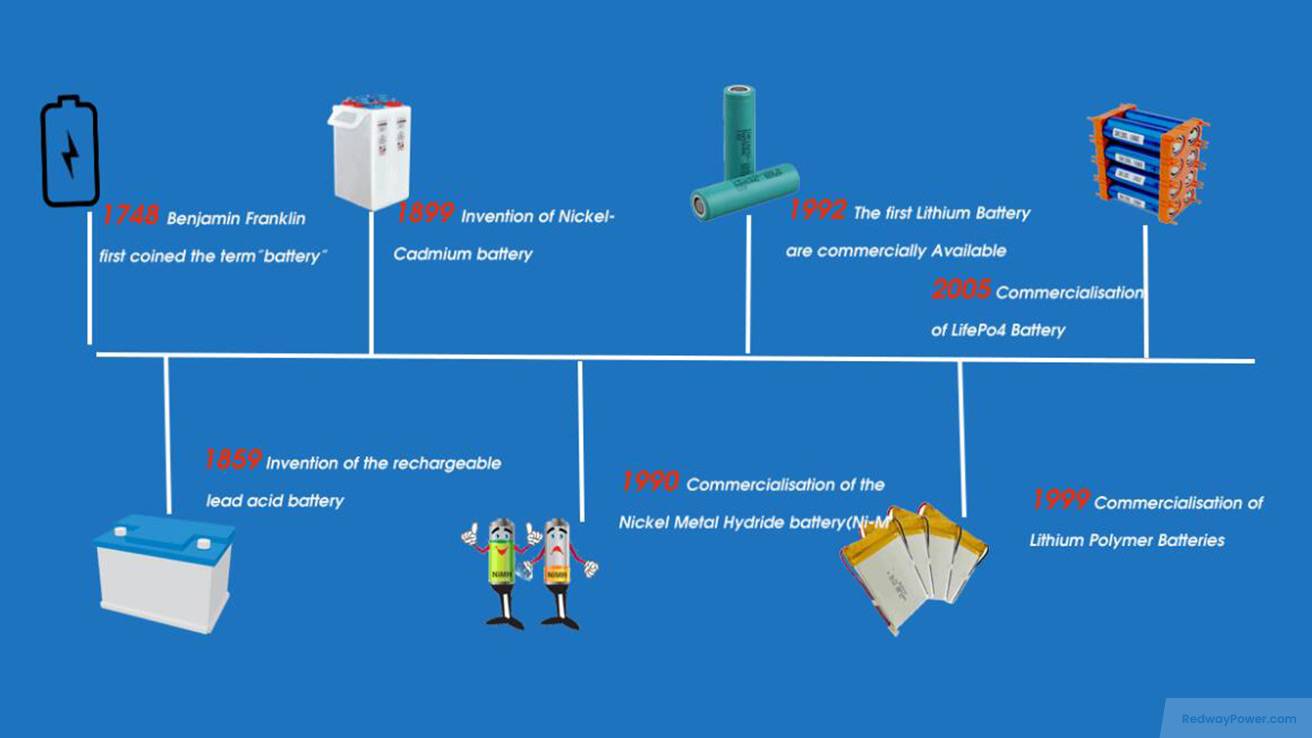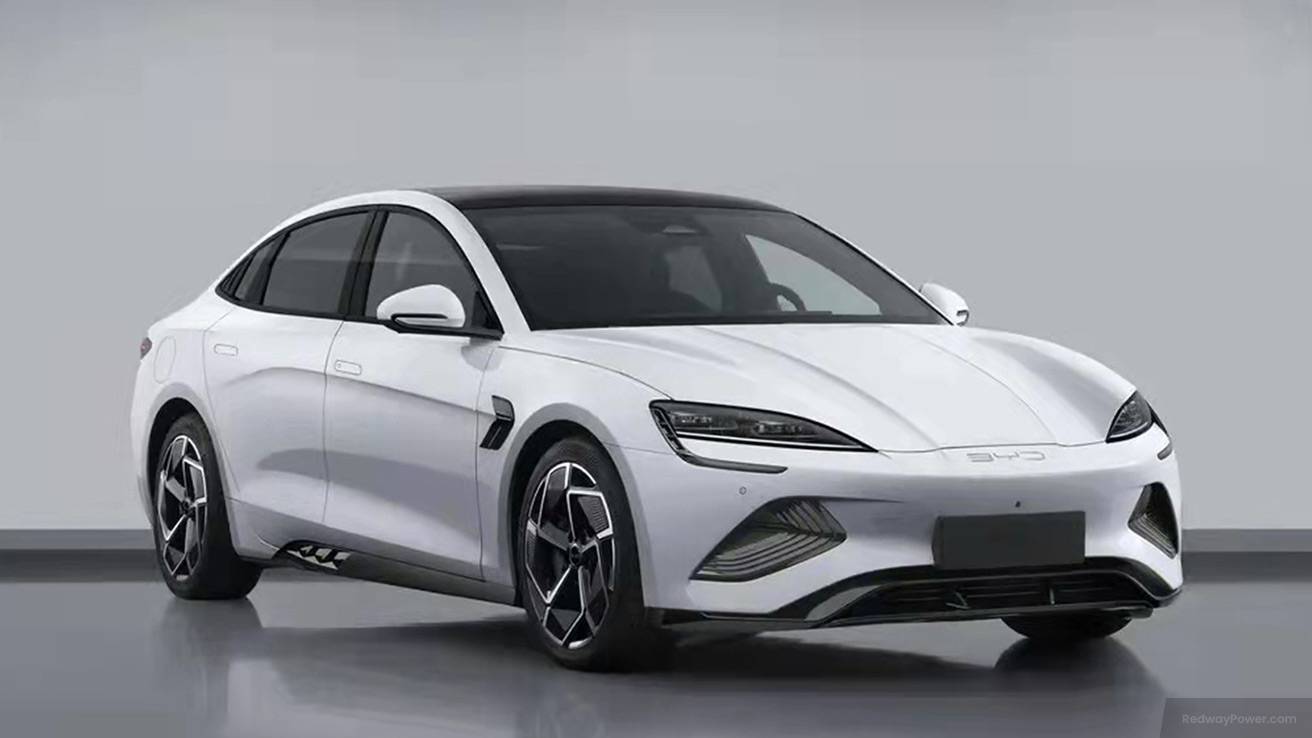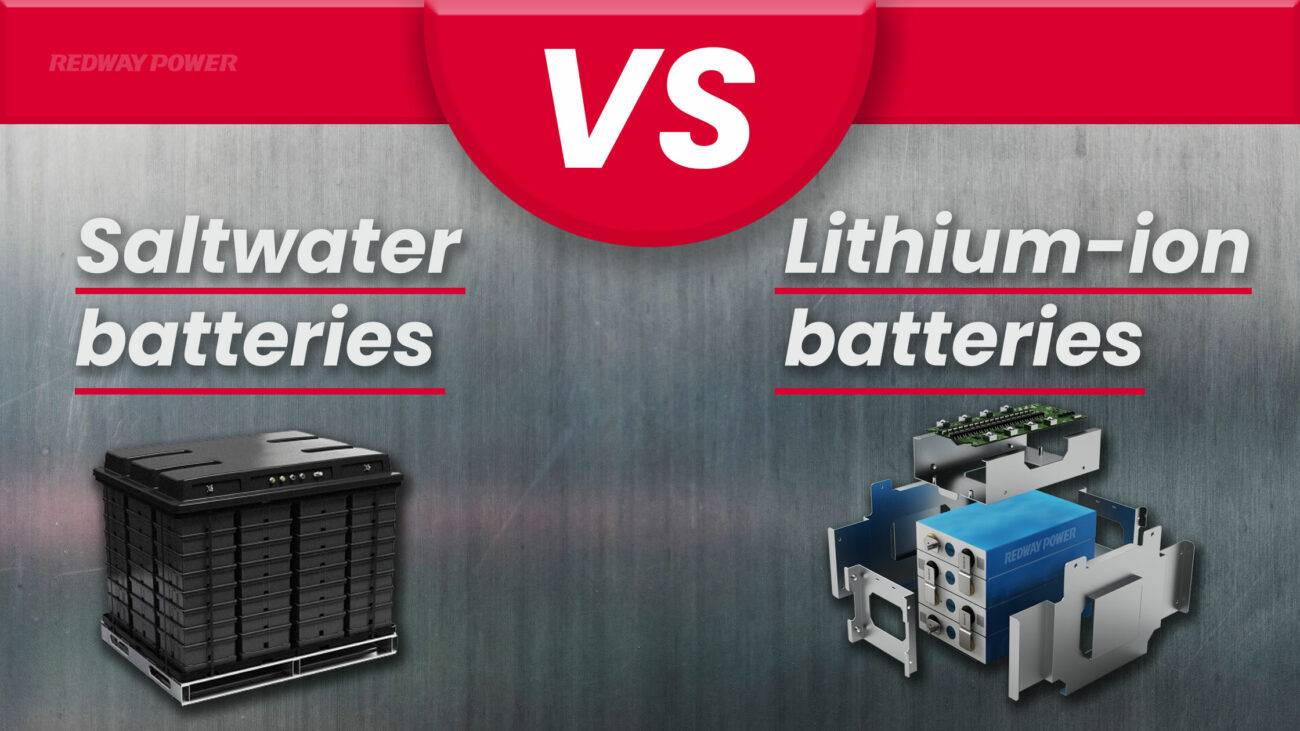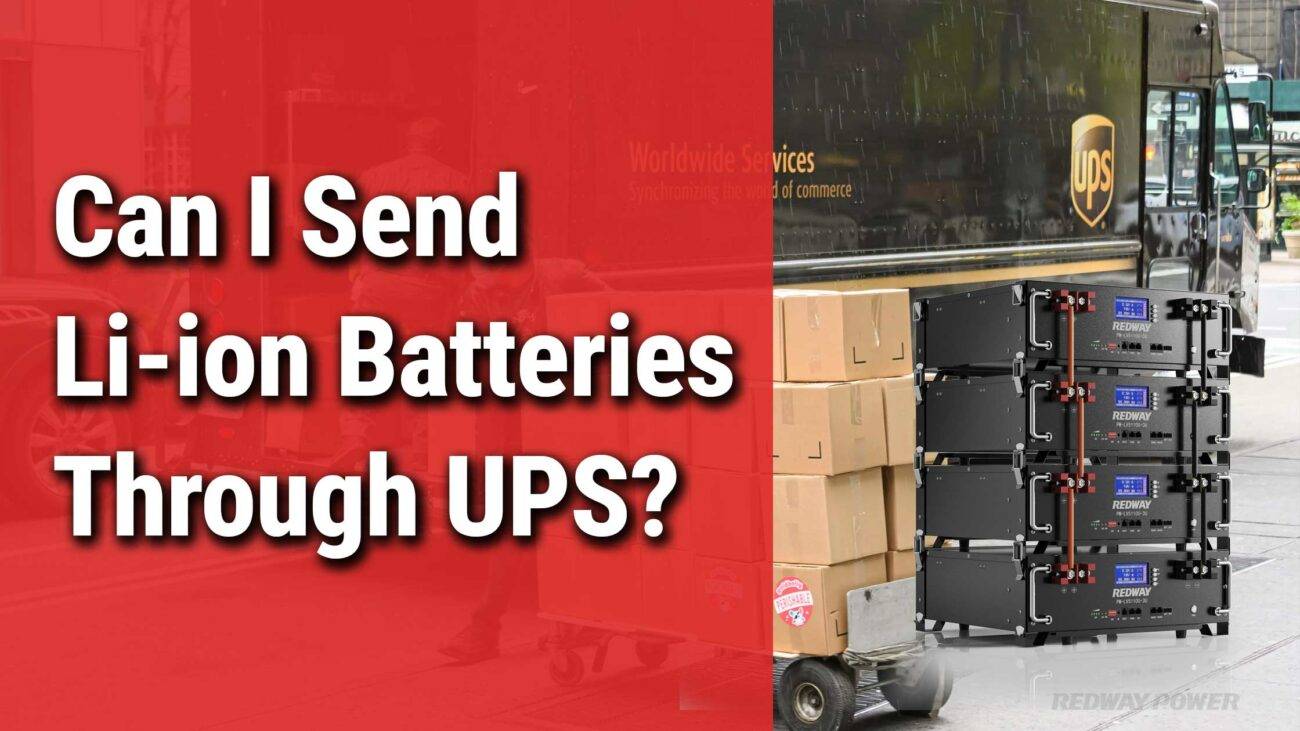- Forklift Lithium Battery
-
48V
- 48V 210Ah
- 48V 300Ah
- 48V 420Ah (949 x 349 x 569 mm)
- 48V 420Ah (950 x 421 x 450 mm)
- 48V 456Ah
- 48V 460Ah (830 x 630 x 590 mm)
- 48V 460Ah (950 x 421 x 450 mm)
- 48V 460Ah (800 x 630 x 600 mm)
- 48V 460Ah (820 x 660 x 470 mm)
- 48V 500Ah
- 48V 560Ah (810 x 630 x 600 mm)
- 48V 560Ah (950 x 592 x 450 mm)
- 48V 600Ah
- 48V 630Ah
-
48V
- Lithium Golf Cart Battery
- 12V Lithium Battery
12V 150Ah Lithium RV Battery
Bluetooth App | BCI Group 31
LiFePO4 Lithium
Discharge Temperature -20°C ~ 65°C
Fast Charger 14.6V 50A
Solar MPPT Charging - 24V Lithium Battery
- 36V Lithium Battery
- 48V Lithium Battery
-
48V LiFePO4 Battery
- 48V 50Ah
- 48V 50Ah (for Golf Carts)
- 48V 60Ah (8D)
- 48V 100Ah (8D)
- 48V 100Ah
- 48V 100Ah (Discharge 100A for Golf Carts)
- 48V 100Ah (Discharge 150A for Golf Carts)
- 48V 100Ah (Discharge 200A for Golf Carts)
- 48V 150Ah (for Golf Carts)
- 48V 160Ah (Discharge 100A for Golf Carts)
- 48V 160Ah (Discharge 160A for Golf Carts)
-
48V LiFePO4 Battery
- 60V Lithium Battery
-
60V LiFePO4 Battery
- 60V 20Ah
- 60V 30Ah
- 60V 50Ah
- 60V 50Ah (Small Size / Side Terminal)
- 60V 100Ah (for Electric Motocycle, Electric Scooter, LSV, AGV)
- 60V 100Ah (for Forklift, AGV, Electric Scooter, Sweeper)
- 60V 150Ah (E-Motocycle / E-Scooter / E-Tricycle / Tour LSV)
- 60V 200Ah (for Forklift, AGV, Electric Scooter, Sweeper)
-
60V LiFePO4 Battery
- 72V~96V Lithium Battery
- Rack-mounted Lithium Battery
- E-Bike Battery
- All-in-One Home-ESS
- Wall-mount Battery ESS
-
Home-ESS Lithium Battery PowerWall
- 24V 100Ah 2.4kWh PW24100-S PowerWall
- 48V 50Ah 2.4kWh PW4850-S PowerWall
- 48V 50Ah 2.56kWh PW5150-S PowerWall
- 48V 100Ah 5.12kWh PW51100-F PowerWall (IP65)
- 48V 100Ah 5.12kWh PW51100-S PowerWall
- 48V 100Ah 5.12kWh PW51100-H PowerWall
- 48V 200Ah 10kWh PW51200-H PowerWall
- 48V 300Ah 15kWh PW51300-H PowerWall
PowerWall 51.2V 100Ah LiFePO4 Lithium Battery
Highly popular in Asia and Eastern Europe.
CE Certification | Home-ESS -
Home-ESS Lithium Battery PowerWall
- Portable Power Stations
How Are Lithium Batteries Improving in 2024?

Lithium batteries are undergoing significant improvements in 2024, focusing on safety, efficiency, and sustainability. Innovations such as solid-state technology, enhanced energy density, and the integration of artificial intelligence are transforming the landscape of energy storage. This article explores the latest advancements and their implications for various applications.
What are the key trends in lithium-ion battery technology for 2024?
In 2024, several key trends are shaping the future of lithium-ion batteries:
- Solid-State Batteries: These replace liquid electrolytes with solid materials, enhancing safety and energy density.
- Fast Charging: Innovations are reducing charging times significantly, making electric vehicles (EVs) more convenient.
- Sustainability: There is a growing emphasis on using eco-friendly materials and recycling processes to minimize environmental impact.
Trends Chart
| Trend | Description |
|---|---|
| Solid-State Batteries | Safer, higher energy density compared to traditional designs |
| Fast Charging | Reduced charging times for convenience |
| Sustainability | Focus on eco-friendly materials and recycling initiatives |
How is safety being enhanced in lithium-ion batteries?
Safety improvements in lithium-ion batteries focus on reducing risks associated with overheating and fire:
- Solid-State Technology: This innovation minimizes flammability by using solid electrolytes instead of liquid ones.
- Advanced Battery Management Systems (BMS): These systems monitor temperature and charge levels to prevent dangerous conditions.
- Self-Healing Materials: Research into self-healing technologies aims to repair minor damages automatically, enhancing overall safety.
What innovations are driving improvements in energy density and charging speed?
Several innovations are contributing to enhanced energy density and faster charging capabilities:
- Silicon Anodes: Replacing traditional graphite anodes with silicon can significantly increase energy storage capacity.
- Nanomaterials: The integration of nanomaterials into battery electrodes improves stability and performance.
- Advanced Electrolytes: New electrolyte formulations allow for faster ion movement, leading to quicker charging times.
Energy Density Innovations Chart
| Innovation | Impact |
|---|---|
| Silicon Anodes | Higher energy storage capacity |
| Nanomaterials | Improved stability and cycling performance |
| Advanced Electrolytes | Faster ion movement enabling rapid charging |
How is artificial intelligence influencing battery technology advancements?
Artificial intelligence (AI) plays a critical role in optimizing lithium-ion battery performance:
- Predictive Maintenance: AI algorithms analyze data to predict potential failures before they occur.
- Optimization of Charging Cycles: AI adjusts charging parameters in real-time to enhance efficiency and prolong battery life.
- Material Discovery: Machine learning accelerates the discovery of new materials that can improve battery performance.
Which new materials are being integrated into lithium battery designs?
The integration of new materials is crucial for advancing lithium battery technology:
- Solid Electrolytes: Used in solid-state batteries to enhance safety and energy density.
- Silicon Nanoparticles: Incorporated into anodes to increase capacity significantly compared to traditional materials.
- Recyclable Materials: Efforts are underway to incorporate more recyclable components into battery designs.
What role do universities play in advancing lithium-ion batteries?
Universities are at the forefront of research and development for lithium-ion batteries:
- Innovative Research: Academic institutions conduct cutting-edge research on alternative chemistries, such as lithium-sulfur batteries.
- Collaboration with Industry: Partnerships between universities and manufacturers facilitate the transfer of knowledge and technology.
- Training Future Experts: Universities educate the next generation of engineers and scientists who will drive future advancements.
Tips for Battery Wholesale Buyers
For those interested in OEM orders or wholesale purchases of batteries, consider these key points:
- Quality Assurance: Choose manufacturers known for their reliability and product quality.
- Compatibility Checks: Ensure that batteries meet specific requirements for performance and safety.
- Cost Efficiency: Compare prices across suppliers for competitive rates.
Redway Power, a reputable lithium battery manufacturer with over 13 years of experience, is an excellent choice for wholesale buyers seeking dependable products.
Redway Power Expert Views
“Advancements in lithium battery technology not only enhance performance but also contribute to a more sustainable future,” states an expert from Redway Power. “By focusing on safety, efficiency, and innovative materials, we can expect significant improvements that will benefit various industries.”

























